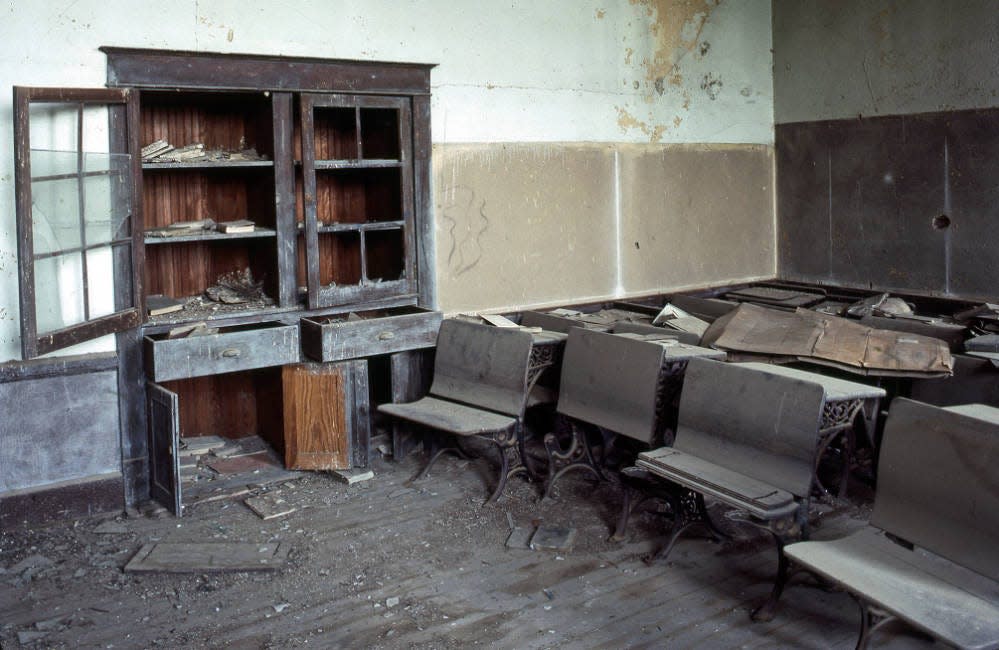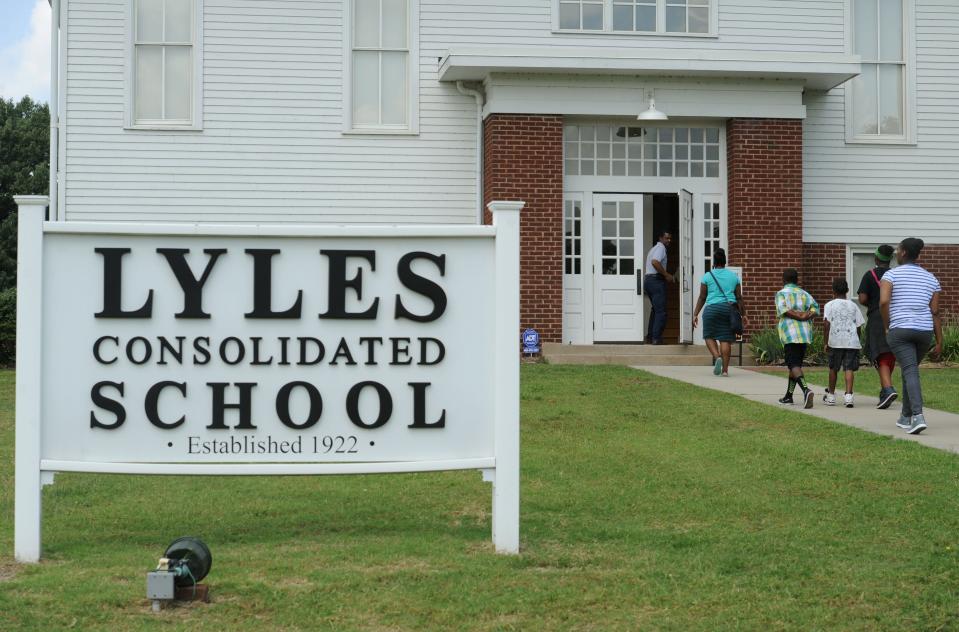Black History Month: Lyles Station stands as state's most well-preserved historic Black community

Editor's note: The Courier & Press and The Gleaner are marking Black History Month with a collection of stories about people, places and events from local Black history.
EVANSVILLE − Just a stone's throw away from Princeton, Indiana, lies the site of one of the region’s most storied Black communities, Lyles Station, which for more than a century served as a safe haven for Black Americans migrating north in search of freedom and opportunity.
Lyles Station traces its roots back to 1813 and gained its name after Joshua Lyles, a freed slave, emigrated from Tennessee in the 1830s and purchased a plot of land in Gibson County. He encouraged more migrants to follow.
With its location near several major rivers, including the Wabash and Patoka Rivers, the settlement grew in the 19th century and offered respite for fugitive slaves traveling north during the antebellum period. In 1837, it hosted 55 households, general stores, a post office, churches, a school and more.
“African Methodist Episcopal Church (since 1860) and schools (1865-1958) played important roles in sustaining the community,” a state historical placard at Lyles Station reads.
Lyles Station shined as an agricultural center, and in the years before the U.S. Civil War, the town saw a church and a community school erected. The war would play a pivotal role in Lyles Station’s development as newly freed slaves and migrants streamed into the region.
By the late 19th century, Lyles Station boasted a rail station with service to Louisville, Kentucky, and St. Louis, Missouri, further cementing the town’s status as a hub for Black migration and culture. According to the Indiana Historical Bureau, a station for passenger rail service operated at Lyles until 1950.
More: A Black soldier from Lyles Station, Indiana, will be honored by the state on Saturday
Lyles Station flourished in spite of Southern Indiana’s deep-rooted history of racism, discrimination and lynchings. And while the 20th century may have looked promising to the town’s residents, it wouldn’t be long before disaster struck.
In 1913, torrential rain, windstorms, and tornados battered Indiana, with more than 180 bridges destroyed statewide. Flooding caused the Wabash River to extend nearly seven miles wide.
The 1913 flood did not spare Lyles Station, and with much of the town underwater, its population dwindled. But the community’s resilience remained intact: Lyles Station is marked on the National Register of Historic Places.

Now, the Lyles Station Historic Preservation Corporation, a nonprofit, preserves the town’s oral, written and physical history – work it began doing in the late 1990s at a time when Lyles Consolidated School appeared on a list of Indiana’s “10 most endangered places.”
The now-renovated school, which celebrated its 100th anniversary in 2022, serves as a museum and local history center, according to the Lyles Station Historic Preservation Corporation.
From June 21 to June 23, the Lyles Station School House Museum and the Princeton Community Theatre will host “Looking Over the President’s Shoulder,” a James Still play depicting the life of Alonzo Fields, who for 21 years served as a butler to four U.S. presidents. With its storied past and a present focused on preserving it, Lyles Station stands strong as Indiana’s last remaining historic Black settlement.
This article originally appeared on Evansville Courier & Press: What is Lyles Station?

